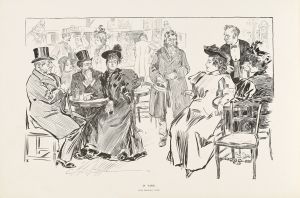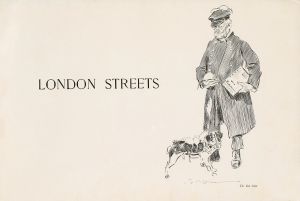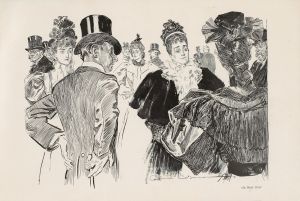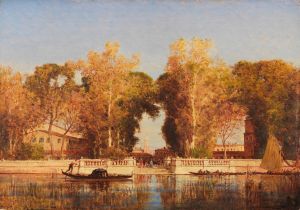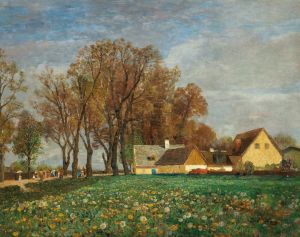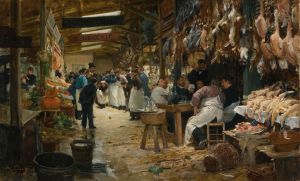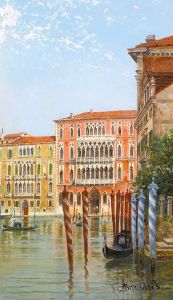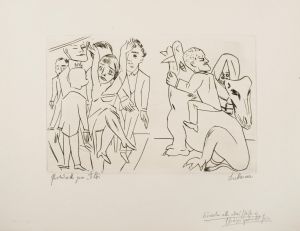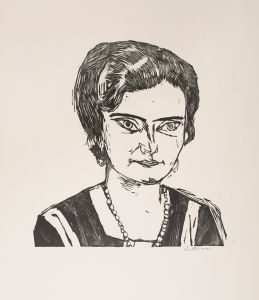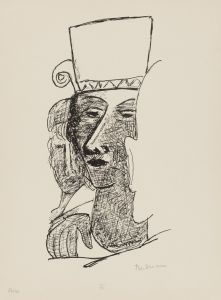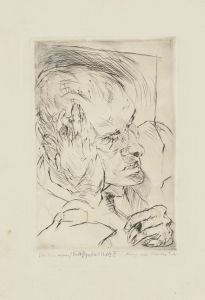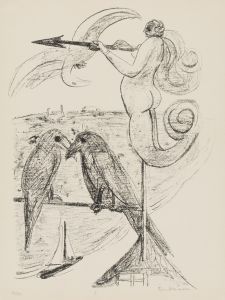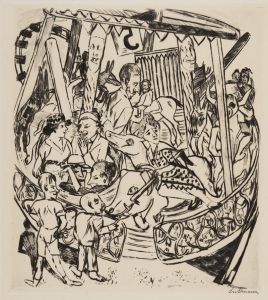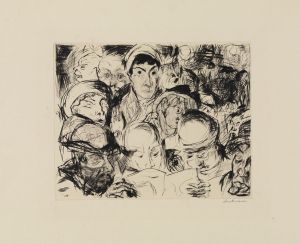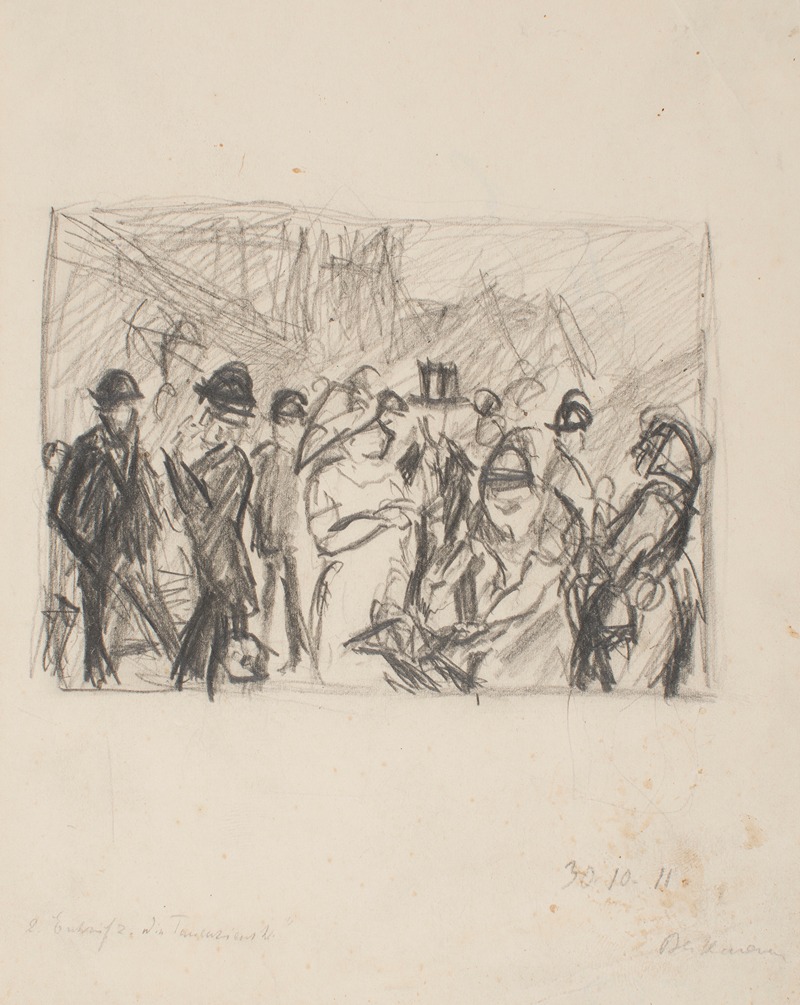
Second Sketch for Tauenzienstrasse
A hand-painted replica of Max Beckmann’s masterpiece Second Sketch for Tauenzienstrasse, meticulously crafted by professional artists to capture the true essence of the original. Each piece is created with museum-quality canvas and rare mineral pigments, carefully painted by experienced artists with delicate brushstrokes and rich, layered colors to perfectly recreate the texture of the original artwork. Unlike machine-printed reproductions, this hand-painted version brings the painting to life, infused with the artist’s emotions and skill in every stroke. Whether for personal collection or home decoration, it instantly elevates the artistic atmosphere of any space.
Max Beckmann's "Second Sketch for Tauenzienstrasse" is a notable work by the German painter, who is widely recognized for his contributions to the Expressionist movement. Beckmann, born in 1884 in Leipzig, Germany, is known for his complex compositions and bold use of color, often reflecting the tumultuous socio-political landscape of his time. His works frequently explore themes of human suffering, existential dread, and the chaos of modern life, which are evident in many of his paintings and sketches.
"Second Sketch for Tauenzienstrasse" is part of Beckmann's exploration of urban life and the human condition. Tauenzienstrasse is a well-known street in Berlin, and during Beckmann's time, it was a bustling area that captured the essence of the city's vibrant yet chaotic atmosphere. This sketch is a preparatory work, suggesting that Beckmann was in the process of developing ideas and themes that he might have intended to explore further in a more finished piece.
The sketch likely reflects Beckmann's interest in the dynamics of city life, a common subject in his oeuvre. His works from this period often depict crowded urban scenes, filled with figures that seem both connected and isolated, a commentary on the paradox of modern existence. Beckmann's style during this time was characterized by a departure from traditional representation, embracing a more abstract and fragmented approach that conveyed the emotional intensity and psychological depth of his subjects.
Beckmann's art was significantly influenced by the events of the early 20th century, including World War I and the political upheavals in Germany. These experiences shaped his worldview and artistic expression, leading him to create works that were both personal and universal in their exploration of human experiences. His sketches, including "Second Sketch for Tauenzienstrasse," often serve as windows into his creative process, revealing how he grappled with form, composition, and the emotive potential of his subjects.
Throughout his career, Beckmann's work was marked by a tension between order and chaos, clarity and ambiguity. This duality is often reflected in his urban scenes, where the structured environment of the city contrasts with the unpredictable nature of its inhabitants. "Second Sketch for Tauenzienstrasse" likely embodies this tension, capturing the essence of a city in flux and the myriad stories unfolding within it.
Max Beckmann's legacy as an artist is profound, with his works continuing to be studied and appreciated for their depth and complexity. His ability to convey the intricacies of human emotion and the societal challenges of his time has cemented his place in the history of modern art. While "Second Sketch for Tauenzienstrasse" may not be as widely known as some of his other works, it remains an important piece in understanding Beckmann's artistic journey and his enduring impact on the art world.





